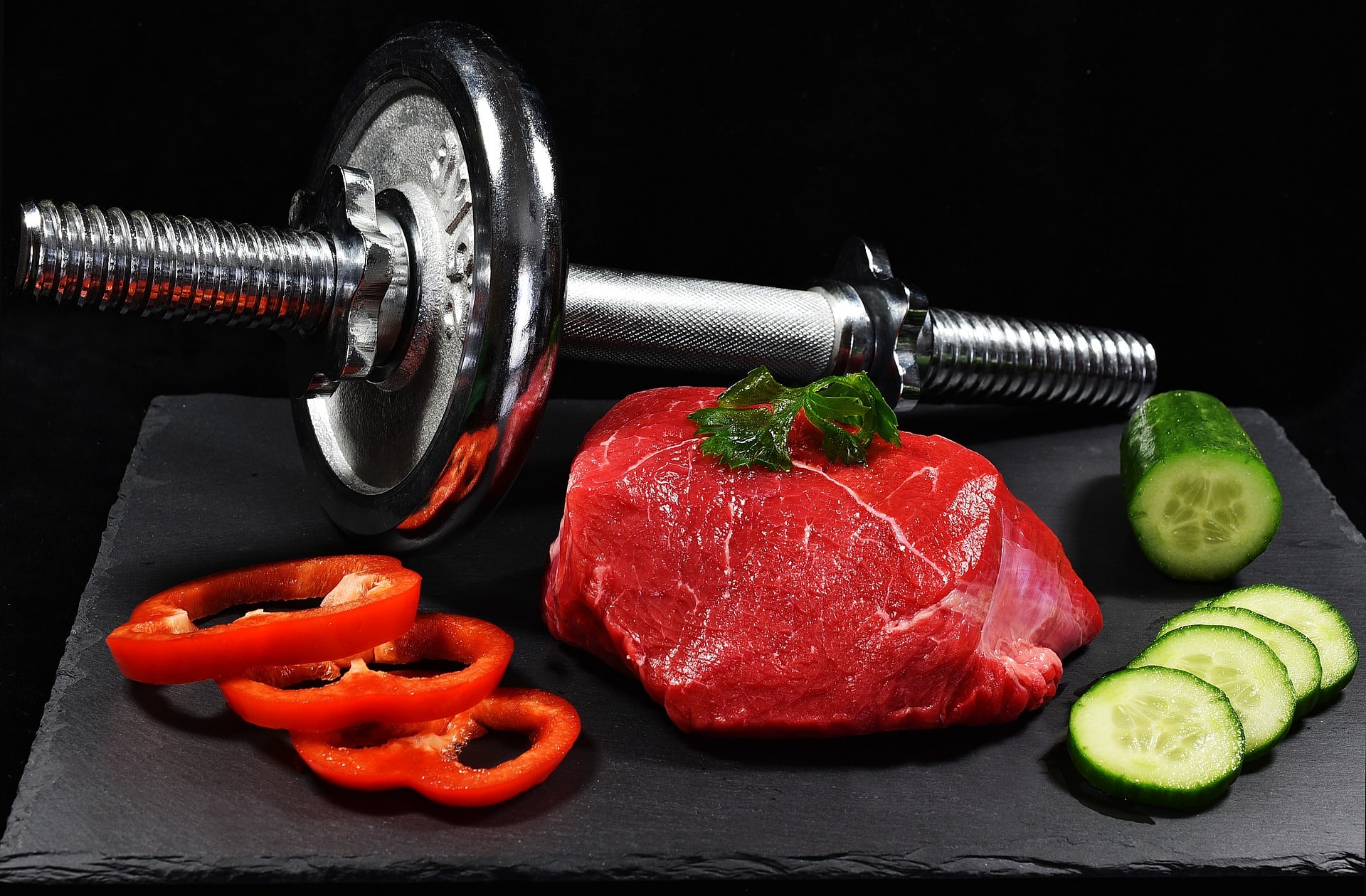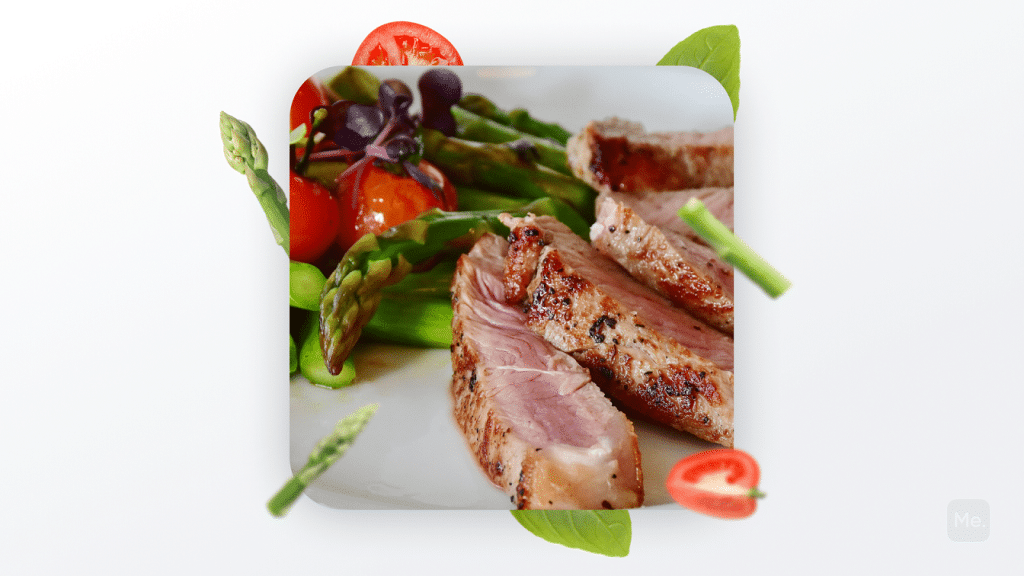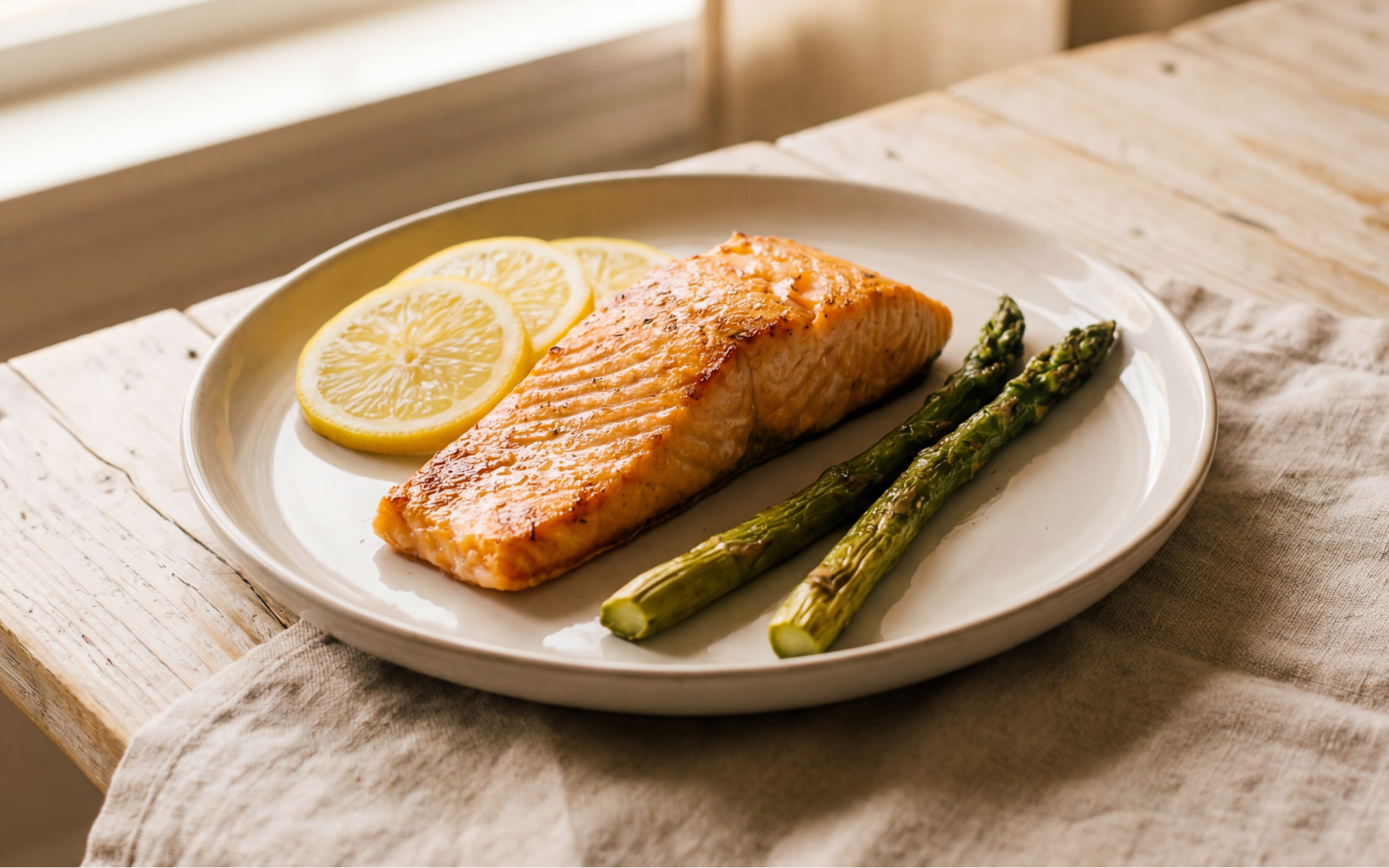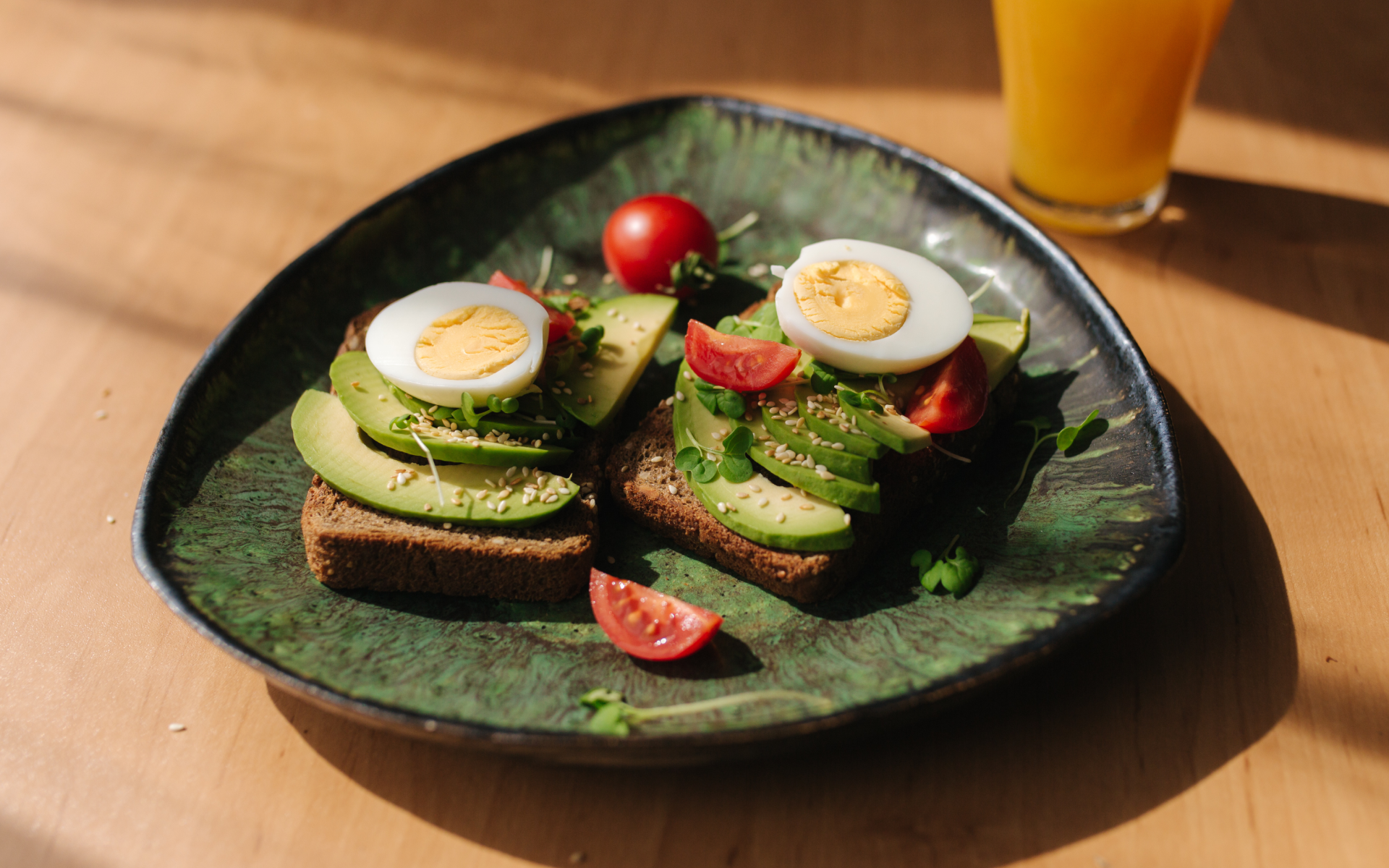The All-Meat Diet, commonly referred to as the Carnivore Diet, is a fascinating approach to nutrition that has been gaining traction for its bold health claims. At first glance it might seem counterintuitive to consume only meat, dismissing traditional dietary advice that emphasizes balance and variety. However, proponents claim that this diet has a science-backed rationale that we’re going to look into. From enhancing mental clarity to supporting weight loss, the purported benefits, if true, might just change your perspective on what a healthy diet can look like. Buckle up, as we explore the 7 surprising benefits of an all-meat diet you need to know. Remember, nutrition isn’t a one-size-fits-all concept; it’s about finding what works best for your unique body, lifestyle, and health goals. Let’s dive in!
Get your personalized
meal plan!

What Are The Benefits Of an All-Meat Diet?
The All-Meat Diet, also known as the Carnivore Diet, is a dietary approach that involves consuming only animal-based foods like meat, fish, eggs, and some types of dairy. This diet excludes all other food groups, including vegetables, fruits, grains, legumes, nuts, and seeds.
The primary goal is to cut carbs and consume protein and fats from animal sources exclusively.
According to proponents, this diet offers several benefits such as weight loss, improved mood, and blood sugar regulation (3). There are very few studies specifically examining the all-meat diet, so most of the rationale behind these claims is theoretical. Let’s discuss some purported benefits of the all-meat diet below:
1. Improved Digestive Health
When you embark on an All-Meat Diet, one of the first changes you may notice is a shift in your digestive process. You’re eliminating complex carbohydrates and fibers from your diet. Instead, you’re consuming primarily proteins and fats (4).
The rationale here is that by reducing intake of plant-based foods, you’re also limiting dietary elements such as lectins and other anti-nutrients that can allegedly interfere with digestion and absorption. These substances are said to cause inflammation and other digestive issues in some people, especially those with gut sensitivities (11). Therefore, without these potential irritants, your gut might experience less bloating, gas, and discomfort. In reality, there is no evidence that these substances have any negative effects when consumed in typical amounts through healthy foods as part of a balanced diet.
It’s also important to note that fiber, found in plant-based foods, plays a crucial role in maintaining a healthy gut. It aids in bowel movements and feeds beneficial gut bacteria (u).
So, while some people might feel that they experience improved digestion in the short term on an All-Meat Diet, others could face constipation or other digestive issues due to lack of fiber.
Read more: Foods To Improve Gut Health, And Those To Avoid
2. Decreased Inflammation
Inflammation is an immune response, and while it’s necessary for healing injuries and fighting off infections, chronic inflammation can contribute to various health problems (5).
Some believe that high sugar levels and ultra-processed foods common in modern diets can lead to systemic inflammation (8) (14).
The All-Meat Diet, by its very nature, eliminates a wide range of foods, many of which are known to potentially cause inflammation in the body. These include ultra-processed foods, sugars, and certain types of grains (14). As such, one may argue that the Carnivore Diet could lead to decreased inflammation.
However, the Carnivore diet also eliminates all plant-based foods which contain many anti-inflammatory compounds and healthy fats which can help fight chronic inflammation. It’s more likely that an all-meat diet would contribute to increased inflammation for this reason.
3. Stabilized Energy Levels
A significant benefit reported by some who follow the All-Meat, or Carnivore Diet, is the experience of stable energy levels throughout the day. This is very subjective, however, and different people have different experiences on any diet. Eliminating all carbohydrates is likely to impact how a person feels, as it completely alters energy metabolism. Whether a person feels better or worse is subjective and specific to that person.
Betterme will keep you laser-focused on your weight loss journey! Nutrient-packed meal plans, fat-blasting workouts, galvanizing challenges and much more. Try using the app and see for yourself!
4. Mood Improvement
The All-Meat Diet, interestingly, has been reported by some to have a positive impact on mood and mental health.
First, the All-Meat Diet eliminates added sugar and ultra-processed foods, high intakes of both of which have been linked to depression and anxiety symptoms (27).
Second, the diet is high in protein, which is broken down into amino acids. One of these amino acids is tryptophan, which is crucial for the production of serotonin, a neurotransmitter that helps regulate mood, sleep, appetite, and pain (13). Stable levels of serotonin are associated with a more balanced mood (10).
And third, meat is rich in B vitamins, particularly vitamin B12, which plays a key role in brain function and the synthesis of dopamine, another neurotransmitter involved in mood regulation (2).
That said, the Carnivore diet eliminates many foods and nutrients which may be associated with a reduced risk or severity of mood disorders. Plus common sense indicates that a highly restrictive diet might have a negative impact on one’s mood. You also don’t have to go on an all-meat diet to reap the benefits of reducing your ultra-processed food and added sugar intake or increasing your protein intake.
Read more: Vitamin B12 Benefits For Men Who Want Vitality And Prime Well-Being
5. Aid in Weight Loss
One of the most touted benefits of an All-Meat Diet is its potential for weight loss. The mechanisms behind this are multifaceted and involve several factors.
For one, protein is the most satiating macronutrient, meaning it helps you feel full and satisfied after eating. This can naturally lead to a reduction in overall calorie intake, as individuals may find themselves less prone to snacking or overeating when their diet is high in protein (20).
And another, when carbohydrates are drastically reduced or eliminated from the diet as they are in the All-Meat Diet, the body enters a state of ketosis. In this metabolic state, the body burns fat for energy instead of glucose, which can result in weight loss when combined with a calorie deficit (12).
And another, the All-Meat Diet simplifies eating choices. When your food options are limited, you are likely to eat less due to the sheer lack of variety of foods available.
Diets high in protein have been shown to have a higher thermic effect of food (TEF) compared to diets high in carbohydrates or fat (6). This means that slightly more energy (calories) is used to digest and metabolize protein compared to other macronutrients, which could potentially further enhance weight loss.
However, while these factors can contribute to weight loss, it’s important to remember that long-term adherence to such a restrictive diet can be challenging for many people and probably isn’t safe or healthy. A more effective approach would be to make healthy dietary changes that are sustainable in the long run.
6. Potential Improvement in Sleep Quality
Some individuals who follow an All-Meat Diet report experiencing improved sleep quality. The reasoning behind this can be attributed to several factors.
Consider, the All-Meat Diet eliminates sugar, which can have a disruptive effect on your sleep cycle (22). By cutting out sugary foods and drinks, your body may be more likely to enter a deep sleep state.
Also, protein-rich diets like the All-Meat Diet provide plenty of tryptophan, an amino acid that is a precursor to the neurotransmitter serotonin (13). Serotonin is a key player in sleep regulation and is also used to produce melatonin, a hormone that controls your sleep-wake cycle (24) (25).
Also, meat contains significant amounts of zinc and magnesium, two minerals that have been linked to improved sleep quality.
Magnesium is known for its calming effects and may help improve sleep quality and duration while zinc plays a role in neurotransmission and can influence sleep regulation (1) (7).
However, some people might initially experience sleep disturbances as their body adjusts to the diet. These benefits are all hypothetical and not exclusive to an all-meat diet.
Furthermore, some might miss out on the benefits of certain plant-based foods known to promote sleep, such as cherries (which are high in melatonin) and complex carbs (which can help tryptophan reach the brain).
Lean and toned-up body isn’t just a far-fetched fantasy. Check out the BetterMe app and watch it propel your weight loss journey into high gear!
7. Possible Reduction In Joint Pain
The All-Meat Diet is also said to have an impact on joint pain. Some believe that this could be linked to the anti-inflammatory compounds found in red meat, as well as the elimination of certain foods that are believed to increase inflammation, such as ultra-processed foods. However, the diet also eliminates many foods that have anti-inflammatory properties, so that explanation seems unlikely.
Weight loss, which can be a side effect of the All-Meat Diet, can significantly reduce strain on joints, thereby possibly reducing joint pain (18).
Is An All Meat Diet Good For You?
While the All-Meat Diet is claimed to offer certain benefits, it’s crucial to understand that it also has serious potential downsides. Here are some key considerations:
Nutrient Deficiencies
A diet solely based on meat can lead to deficiencies in many nutrients that are primarily found in plant foods. These include dietary fiber, vitamin C, potassium, and various phytonutrients. Long-term nutrient deficiencies can lead to health issues.
Lack of Dietary Fiber
Meat contains no dietary fiber, a nutrient that is essential for healthy digestion. A diet lacking in fiber can lead to digestive problems such as constipation (15). Additionally, fiber is also important for heart health and blood sugar control (9).
Potential for High Saturated Fat Intake
While not all fats are bad, a diet high in saturated fats, such as those found in red meat, can raise cholesterol levels and increase the risk of heart disease if consumed in excess (23).
Risk of Chronic Diseases
Research suggests that high consumption of red and processed meats can increase the risk of certain diseases, including heart disease and certain types of cancer (21).
Lack of Variety
The All-Meat Diet is extremely restrictive. This lack of variety can make the diet monotonous, which might affect adherence in the long term. Furthermore, a varied diet is generally recommended for optimal health as it ensures a wide range of nutrients.
Is Carnivore Diet Safe Long-Term?
The All-Meat Diet is a highly restrictive diet and, as such, it is not recommended for long-term use (or at all). The lack of variety and potential nutrient deficiencies can lead to serious health issues.
How Long Should You Be On the Carnivore Diet?
The All-Meat Diet is not recommended for long-term use (or at all) due to its highly restrictive nature.
If you decide to try the diet, it’s important to limit it to two weeks at most and also ensure that your nutrient needs are met by supplementing with vitamins and minerals if necessary. This will help minimize any potential risks associated with a lack of nutrients. It’s crucial to speak to your healthcare provider first, especially if you have any medical conditions or are on any medications.
Frequently Asked Questions
Does the Carnivore Diet Increase Testosterone?
A: The carnivore diet provides a high amount of cholesterol and fats, as well as certain micronutrients which are essential for testosterone production. (16).
However, there is no evidence that manipulating one’s diet can cause an increase in testosterone production, unless you are correcting a deficiency in a certain nutrient or overall energy intake.
What Can the Carnivore Diet Heal?
A: The carnivore diet is claimed to have several potential healing properties, particularly for conditions related to inflammation and autoimmune responses, as it eliminates the most common allergens and inflammatory foods.
Some people report improvements in digestion, skin health, and energy levels. However, there is no scientific evidence to support any of these claims.
Which is the Healthiest Meat?
A: The healthiest meats are typically lean proteins like chicken, turkey, and fish. These meats are lower in saturated fat than red meats, making them a healthier choice for heart health. Fish, particularly fatty fish like salmon, also provides omega-3 fatty acids, which have numerous health benefits (17).
Will an All-Meat Diet Help You Lose Weight?
A: An all-meat diet could potentially lead to weight loss, mainly because it’s restrictive and thus may lower your overall calorie intake. However, this type of diet might be difficult to maintain long-term, and it lacks certain nutrients, which could have negative effects on your health.
The Bottom Line
Proponents of an all-meat diet claim that it has several benefits, such as weight loss, improved focus, and reduced inflammation. However, none of these claims have been studied. As with any diet, it’s important to consider the potential risks and consult a healthcare provider before making major dietary changes.
DISCLAIMER:
This article is intended for general informational purposes only and does not serve to address individual circumstances. It is not a substitute for professional advice or help and should not be relied on for making any kind of decision-making. Any action taken as a direct or indirect result of the information in this article is entirely at your own risk and is your sole responsibility.
BetterMe, its content staff, and its medical advisors accept no responsibility for inaccuracies, errors, misstatements, inconsistencies, or omissions and specifically disclaim any liability, loss or risk, personal, professional or otherwise, which may be incurred as a consequence, directly or indirectly, of the use and/or application of any content.
You should always seek the advice of your physician or other qualified health provider with any questions you may have regarding a medical condition or your specific situation. Never disregard professional medical advice or delay seeking it because of BetterMe content. If you suspect or think you may have a medical emergency, call your doctor.
SOURCES:
- Association of magnesium intake with sleep duration and sleep quality: findings from the CARDIA study (2021, academic.oup.com)
- B Vitamins and the Brain: Mechanisms, Dose and Efficacy—A Review (2016, mdpi.com)
- Behavioral Characteristics and Self-Reported Health Status among 2029 Adults Consuming a “Carnivore Diet” (2021, sciencedirect.com)
- Carbohydrates, Proteins, and Fats (2023, msdmanuals.com)
- Chronic Inflammation (2022, ncbi.nlm.nih.gov)
- Diet induced thermogenesis (2004, biomedcentral.com)
- Dietary Zinc Acts as a Sleep Modulator (2017, mdpi.com)
- Excessive intake of sugar: An accomplice of inflammation (2022, frontiersin.org)
- Health benefits of dietary fiber (2009, academic.oup.com)
- Influence of Tryptophan and Serotonin on Mood and Cognition with a Possible Role of the Gut-Brain Axis (2005, mdpi.com)
- Is There Such a Thing as “Anti-Nutrients”? A Narrative Review of Perceived Problematic Plant Compounds (2020, mdpi.com)
- Ketogenic Diet (2022, ncbi.nlm.nih.gov)
- L-Tryptophan: Basic Metabolic Functions, Behavioral Research and Therapeutic Indications (2009, journals.sagepub.com)
- Low-Grade Inflammation and Ultra-Processed Foods Consumption: A Review (2023, mdpi.com)
- Lower dietary fibre intake, but not total water consumption, is associated with constipation: a population-based analysis (2019, pubmed.ncbi.nlm.nih.gov)
- Manipulation of Dietary Intake on Changes in Circulating Testosterone Concentrations (2021, mdpi.com)
- Mechanisms and innovations: The science behind dietary omega-3 fatty acids (2008, ncbi.nlm.nih.gov)
- Obesity and arthritis (2008, pubmed.ncbi.nlm.nih.gov)
- Omega-3 Fatty Acids and Inflammatory Processes (2010, mdpi.com)
- Protein, weight management, and satiety (2008, academic.oup.com)
- Red and Processed Meats and Health Risks: How Strong Is the Evidence? (2020, ncbi.nlm.nih.gov)
- Relationship Between Added Sugar Intake and Sleep Quality Among University Students: A Cross-sectional Study (2019, journals.sagepub.com)
- Saturated fat, carbohydrate, and cardiovascular disease (2010, sciencedirect.com)
- Serotonin and the sleep/wake cycle: special emphasis on microdialysis studies (2000, sciencedirect.com)
- Serotonin modulates melatonin synthesis as an autocrine neurotransmitter in the pineal gland (2021, pnas.org)
- The importance of the ratio of omega-6/omega-3 essential fatty acids (2002, sciencedirect.com)
- Ultra-Processed Food Consumption and Mental Health: A Systematic Review and Meta-Analysis of Observational Studies (2022, mdpi.com)
- Vitamin B12 – Health Professional Fact Sheet (2022, ods.od.nih.gov)












